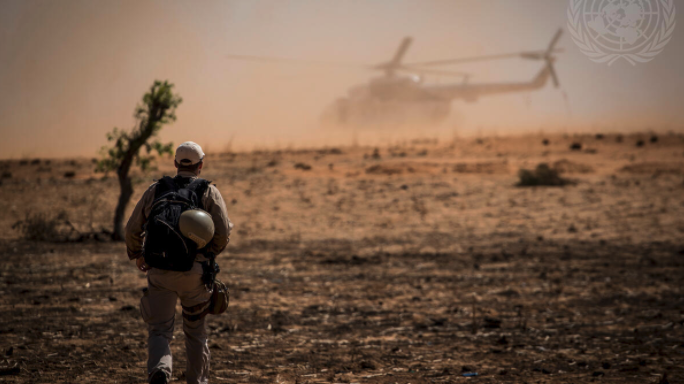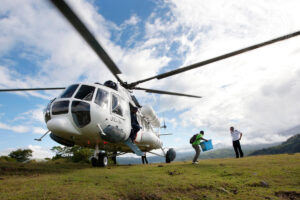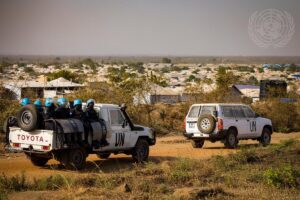Executive Summary
In 2018, the United Nations produced a Declaration of Shared Commitments on U.N. Peacekeeping, which has now been endorsed by 154 U.N. member states. The declaration included a commitment by member states to pursue prioritized and sequenced mandates for peacekeeping missions. For his part, the U.N. Secretary-General committed to proposing parameters for the prioritization and sequencing of mandates. This report contributes to a project by the U.N. Department of Peace Operations to develop those parameters.
The goal of prioritizing and sequencing mandates is to ensure that peacekeeping missions’ mandates are tailored, achievable, and effective. Prioritization and sequencing aim to ensure that peacekeeping missions are focusing their efforts strategically on the activities that will help them to achieve their most important objectives at any given time, rather than spreading their efforts thinly across many disjointed activities. In this way, prioritization and sequencing are intended to maximize peacekeeping missions’ overall impact.
A companion report by Security Council Report, Prioritisation and Sequencing of Council Mandates: Walking the Walk?, explored how prioritization and sequencing can be advanced through better mandates. Our report, however, asks how prioritization and sequencing can be advanced in the field by peacekeeping missions themselves. The two reports are complementary and should be read in conjunction. This report draws on analysis of five peacekeeping missions (UNAMID in Darfur, MONUSCO in the Democratic Republic of Congo, UNMISS in South Sudan, MINUSMA in Mali, and MINUSCA in the Central African Republic).




